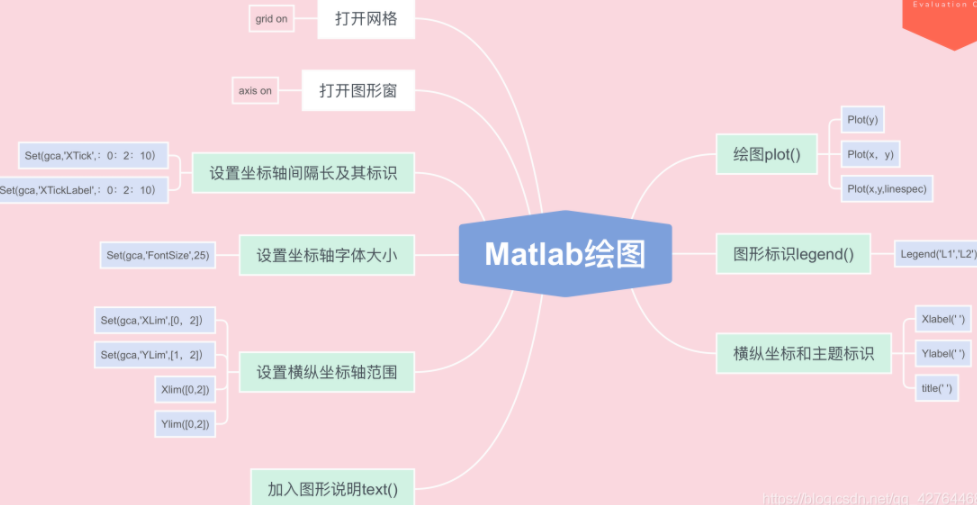% create an arduino object. instead of "/dev/cu.usbmodem1411','BaudRate"
% use your serail port name. You can check it in arduino -> tools -> port.
% Write the name of your port before the command 'BaudRate' in the
% following string.
ar = serial('/dev/cu.usbmodem1411','BaudRate',9600);
% Check for the camera name with the command
% webcamlist() in matlab.
cameras= webcamlist();
% type "cameras" in the command window and see which camera correspond to your modified webcam. select that camera
% just by entering the index within the curly brackets.
% It could be 1, 2, 3... depends on hwo many webcams you have acctached on your computer
mycamera = cameras{2}
% create a 'cam' variable with your camera name
cam = webcam(char(mycamera))
%check if the camera is positioned in the right way, with the focus on the
%center of the eye. The "preview" command let you see what the camera see.
preview(cam)
%open arduino USB port
fopen(ar);
% send the pulse to the port number 2 of arduino
fprintf(ar,'%s',char(3));
% preallocate the matrix with the cooridnates data
coordinate = zeros(50,2);
for i = 1:50;
% take a snapshot
img = snapshot(cam);
% calculate the center of the image
filas=size(img,1);
columnas=size(img,2);
% Center
centro_fila=round(filas/2);
centro_columna=round(columnas/2);
figure(1);
% transform the image in a BW image
if size(img,3)==3
la_imagen=rgb2gray(img);
end
piel=~im2bw(la_imagen,0.1);
% --
piel=bwmorph(piel,'close');
piel=bwmorph(piel,'open');
piel=bwareaopen(piel,200);
piel=imfill(piel,'holes');
% Tagged objects in BW image
L=bwlabel(piel);
% Get areas and tracking rectangle
out_a=regionprops(L);
% Count the number of objects
N=size(out_a,1);
while N < 1 || isempty(out_a) % Returns if no object in the image
solo_cara=[ ];
continue
end
% Select the area
areas=[out_a.Area];
[area_min pam_min]=min(areas);
[area_max pam_max]=max(areas);
% since there is a problem with the shades in the BW images (the algorithm detect the size of the black
% shades in th eimage), we have to create an if statement where we declare that if the algorithm
% detect a too big black area (threshold set on 10000), it has to consider the
% smallest detected area as the pupil.
% On the other hand, if the black area is below a treshold of
% 10000 it considers the biggest black area as the pupil.
if area_max > 10000;
% show the BW image
imagesc(la_imagen);
colormap gray
hold on
% draw the red area around the pupil
rectangle('Position',out_a(pam_min).BoundingBox,'EdgeColor',[1 0 0],...
'Curvature', [1,1],'LineWidth',2)
centro=round(out_a(pam_min).Centroid);
% detect the X and Y coordinates
X=centro(1);
Y=centro(2);
% save X and Y coordinates in the coordinates matrix
coordinate(i,1) = X;
coordinate(i,2) = Y;
% draw the cross at the center of the pupil
plot(X,Y,'g+')
%
text(X+10,Y,['(',num2str(X),',',num2str(Y),')'],'Color',[1 1 1])
if X<centro_columna && Y<centro_fila
title('Top left')
elseif X>centro_columna && Y<centro_fila
title('Top right')
elseif X<centro_columna && Y>centro_fila
title('Bottom left')
else
title('Bottom right')
end
elseif area_max < 10000;
% show the BW image
imagesc(la_imagen);
colormap gray
hold on
% draw the red area around the pupil
rectangle('Position',out_a(pam_max).BoundingBox,'EdgeColor',[1 0 0],...
'Curvature', [1,1],'LineWidth',2)
centro=round(out_a(pam_max).Centroid);
% detect the X and Y coordinates
X=centro(1);
Y=centro(2);
% save X and Y coordinates in the coordinates matrix
coordinate(i,1) = X;
coordinate(i,2) = Y;
% draw the cross at the center of the pupil
plot(X,Y,'g+')
%
text(X+10,Y,['(',num2str(X),',',num2str(Y),')'],'Color',[1 1 1])
if X<centro_columna && Y<centro_fila
title('Top left')
elseif X>centro_columna && Y<centro_fila
title('Top right')
elseif X<centro_columna && Y>centro_fila
title('Bottom left')
else
title('Bottom right')
end
end
%% save current figure in a folder. IMPORTANT !!! Set your directory in the following command
saveas(gcf,['name of your directory',sprintf('%03d', i),'.png']);
end
%close arduino port number 2
fprintf(ar,'%s',char(4));
% close arduino USB port
fclose(ar);
//this code send outputs from matlab to arduino. Channel Available in arduino:
// 2,3,4,5,6,7
// this is becasue 0 and 1 doesen't works, and from 8 to 13 neither.Don't know why
// in order to use these ports on matlab, see the matlab code in the folder
int ledPin2 = 2;
int ledPin3 = 3;
int ledPin4 = 4;
int ledPin5 = 5;
int ledPin6 = 6;
int ledPin7 = 7;
int matlabData;
void setup()
{
pinMode(ledPin2,OUTPUT);
pinMode(ledPin3,OUTPUT);
pinMode(ledPin4,OUTPUT);
pinMode(ledPin5,OUTPUT);
pinMode(ledPin6,OUTPUT);
pinMode(ledPin7,OUTPUT);
Serial.begin(9600);
}
void loop()
{
if(Serial.available()>0) // if there is data to read
{
matlabData=Serial.read(); // read data
// pin da 2 a 4
if (matlabData==3)
digitalWrite(ledPin2,HIGH); // turn light on
else if(matlabData==4)
digitalWrite(ledPin2,LOW); // turn light off
if(matlabData==5)
analogWrite(ledPin3,255); // turn light on
else if(matlabData==6)
analogWrite(ledPin3,0); // turn light off
else if (matlabData==7)
digitalWrite(ledPin4,HIGH); // turn light on
else if(matlabData==8)
digitalWrite(ledPin4,LOW); // turn light off
// pin da 5 a 7
else if(matlabData==9)
analogWrite(ledPin5,255); // turn light on
else if(matlabData==10)
analogWrite(ledPin5,0); // turn light off
else if (matlabData==11)
analogWrite(ledPin6,255); // turn light on
else if(matlabData==12)
analogWrite(ledPin6,0); // turn light off
if(matlabData==13)
digitalWrite(ledPin7,HIGH); // turn light on
else if(matlabData=14)
digitalWrite(ledPin7,LOW); // turn light off
}
}
